Hypopigmentation is the absence of normal amounts of melanin (the chemical that gives skin its color) caused by disease, injury, burns or other trauma to the skin.
|

Melanin is the substance that gives skin its color, or pigment.
Hypopigmentation is also known as skin depigmentation.
|
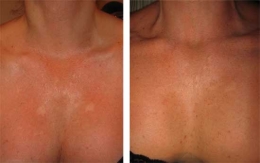
The most common cause of hypopigmentation is damage or trauma to the skin.
|

Burns, infections, pimples, blisters, scrapes, and any injuries that result in scarring can all lead to skin discoloration.
|
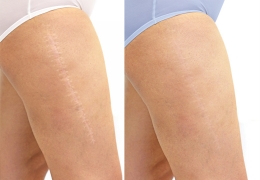
In situations where hypopigmentation is the result of skin inflammation or damage, the condition may be referred to as post-inflammatory hypopigmentation, or PIH.
|
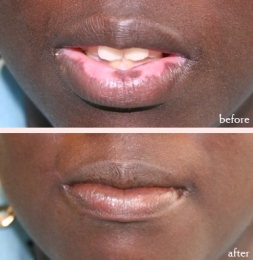
For hypopigmentation that is unresponsive to medications, camouflaging with cosmetic tattooing or permanent makeup may be the best option.
|
|
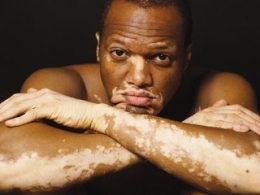
Hypopigmentation can be tricky to treat.
There are topical medications that sometimes help, and light-based procedures like BBL, and the Permanent Makeup (Tattoo).
|
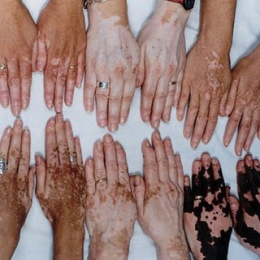
When the skin cells that produce melanin (melanocytes) reduce their production, the resulting condition is known as hypopigmentation (loss of skin color).
In other words, once the level of melanin dropped, it will result to lightening of the skin which may not be a good sign.
|
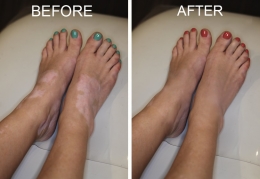
Improperly administered skin resurfacing treatments, such as Photofacials (IPL), laser peels, or chemical peels, can cause skin damage that results in hypopigmentation.
|
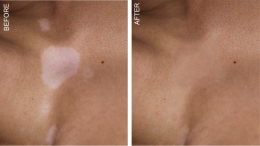
Some chronic skin disorders can also cause hyperpigmentation:
albinism, vitiligo, seborrheic dermatitis, tinea versicolor, pityriasis alba.
|
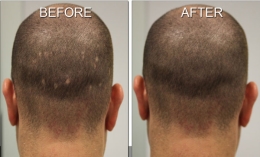
|







